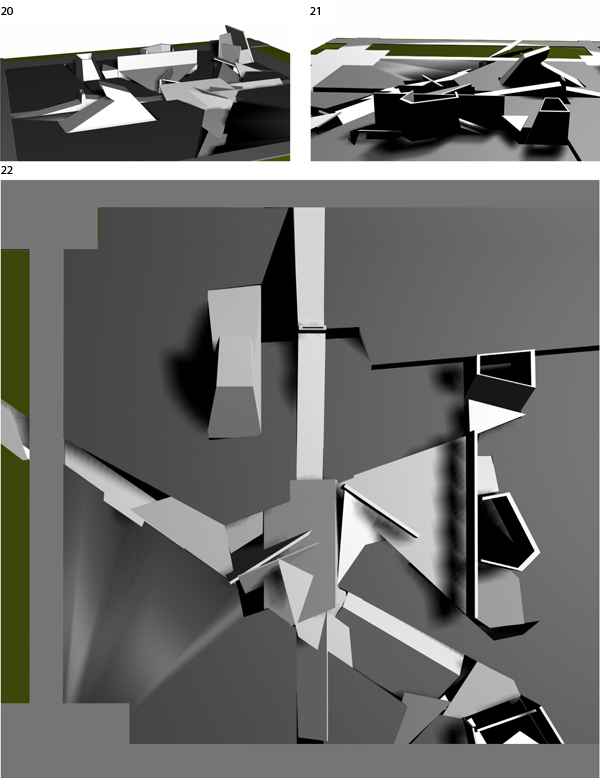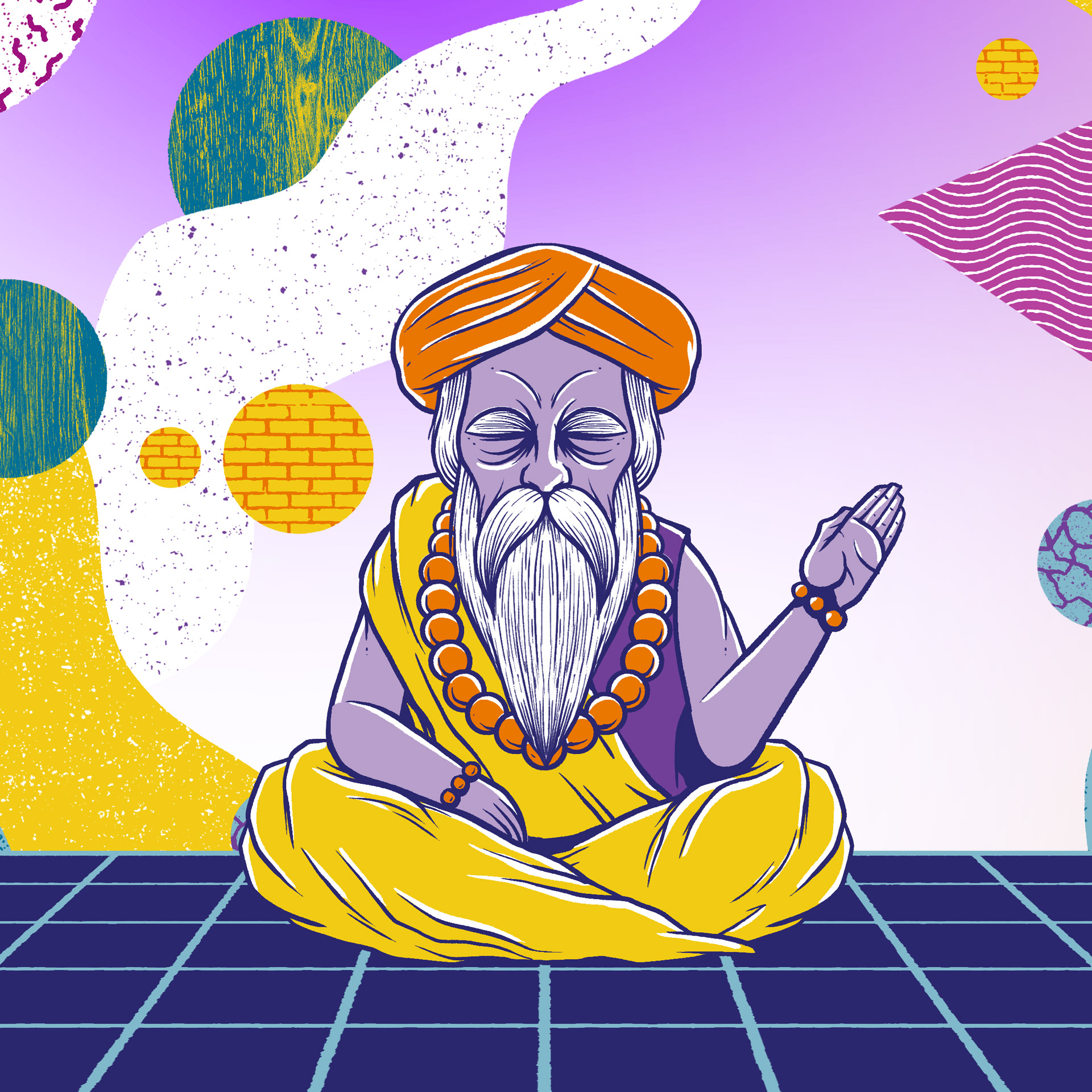
ANALOG SPACE CAPTURE 01 //
In the first exercise, photos were taken using 35mm film of common, everyday objects that represented the distinct concept of place. It was important to capture places that had a contrasting quality of foreground and background, or in this case inside and outside. Focusing attention on details such as contrasting qualities forces one to examine the experience and perception of the physical space as they are documenting it. The analog space capture represented on this page is the result of scanning and combining two different images taken inside and outside of a convenience store walk-in refrigerator. Design is showcased through the selective framing of the composition.
In the first exercise, photos were taken using 35mm film of common, everyday objects that represented the distinct concept of place. It was important to capture places that had a contrasting quality of foreground and background, or in this case inside and outside. Focusing attention on details such as contrasting qualities forces one to examine the experience and perception of the physical space as they are documenting it. The analog space capture represented on this page is the result of scanning and combining two different images taken inside and outside of a convenience store walk-in refrigerator. Design is showcased through the selective framing of the composition.

ANALOG - DIGITAL SCHEMAS 02-07 //
The analog space capture was used to create critical and analytical diagrams, referred to as “schemas”, in the second exercise. The schemas were first represented in analog form, using a pen and tracing paper to study the geometry, tension and interpretive representation present in the source image. These diagrams were then scanned and digitally placed over the source image. Different line types and weights were used in the study of schemas 02 and 03, while object types (line vs. colored zones) were explored in schemas 04 and 05. Schemas 06 and 07 pushed analysis further by using color and texture to give the composition a sense of depth. In this exercise, the process of making the schemas clarified the spatial construct found in the source image.
The analog space capture was used to create critical and analytical diagrams, referred to as “schemas”, in the second exercise. The schemas were first represented in analog form, using a pen and tracing paper to study the geometry, tension and interpretive representation present in the source image. These diagrams were then scanned and digitally placed over the source image. Different line types and weights were used in the study of schemas 02 and 03, while object types (line vs. colored zones) were explored in schemas 04 and 05. Schemas 06 and 07 pushed analysis further by using color and texture to give the composition a sense of depth. In this exercise, the process of making the schemas clarified the spatial construct found in the source image.

SITE DEVELOPMENT 08-12 //
After analysis of the various schemas, a site was chosen that had similar properties of the original source image. Grids from the schemas were placed along side grids relating to the site. These served as a starting point for the layering of several black and white photographs which provided interesting and suggestive spatial qualities. In this exercise, design is the perceptual manipulation of image composition to create depth.
After analysis of the various schemas, a site was chosen that had similar properties of the original source image. Grids from the schemas were placed along side grids relating to the site. These served as a starting point for the layering of several black and white photographs which provided interesting and suggestive spatial qualities. In this exercise, design is the perceptual manipulation of image composition to create depth.

ANALOG DEPTH AND FORM STUDIES 13-16 //
Depth was investigated further by reinterpreting Figure 12 into a relief model (Fig. 13) and studying the analog form. Development then moved to discovering forms that would best reflect a sense of depth and movement above ground (Fig. 14,15). In this exercise, design is the combination of both digital and analog media re-integrated and re-presented using physical means. A digital drawing (Fig. 16) shows the final outcome of the study.
Depth was investigated further by reinterpreting Figure 12 into a relief model (Fig. 13) and studying the analog form. Development then moved to discovering forms that would best reflect a sense of depth and movement above ground (Fig. 14,15). In this exercise, design is the combination of both digital and analog media re-integrated and re-presented using physical means. A digital drawing (Fig. 16) shows the final outcome of the study.

PLANS AND SECTION 17-19 //
Plans were developed using the relief model (Fig. 13) as the starting point. The first floor plan (Fig. 17) derives its shape from the relief model while the second floor plan (Fig. 18) references the source image (Fig. 01) for its block shapes. A section was drawn with emphasis placed on having balanced proportions. In this exercise, design is reflected through the dichotomy of what is above and below the ground plane.
Plans were developed using the relief model (Fig. 13) as the starting point. The first floor plan (Fig. 17) derives its shape from the relief model while the second floor plan (Fig. 18) references the source image (Fig. 01) for its block shapes. A section was drawn with emphasis placed on having balanced proportions. In this exercise, design is reflected through the dichotomy of what is above and below the ground plane.

RADICAL RECONSTRUCTION 20-22 //
In this last exercise, modeling software was used to reinterpret the spatial qualities of the analog-digital vocabulary. The digital model distorts the inherent spatial qualities already conveyed in the final analog model (Fig. 15) using manipulation to explore endless design solutions. In this exercise, design is the creation of new space by adjusting spatial qualities from existing analog materials.
In this last exercise, modeling software was used to reinterpret the spatial qualities of the analog-digital vocabulary. The digital model distorts the inherent spatial qualities already conveyed in the final analog model (Fig. 15) using manipulation to explore endless design solutions. In this exercise, design is the creation of new space by adjusting spatial qualities from existing analog materials.


